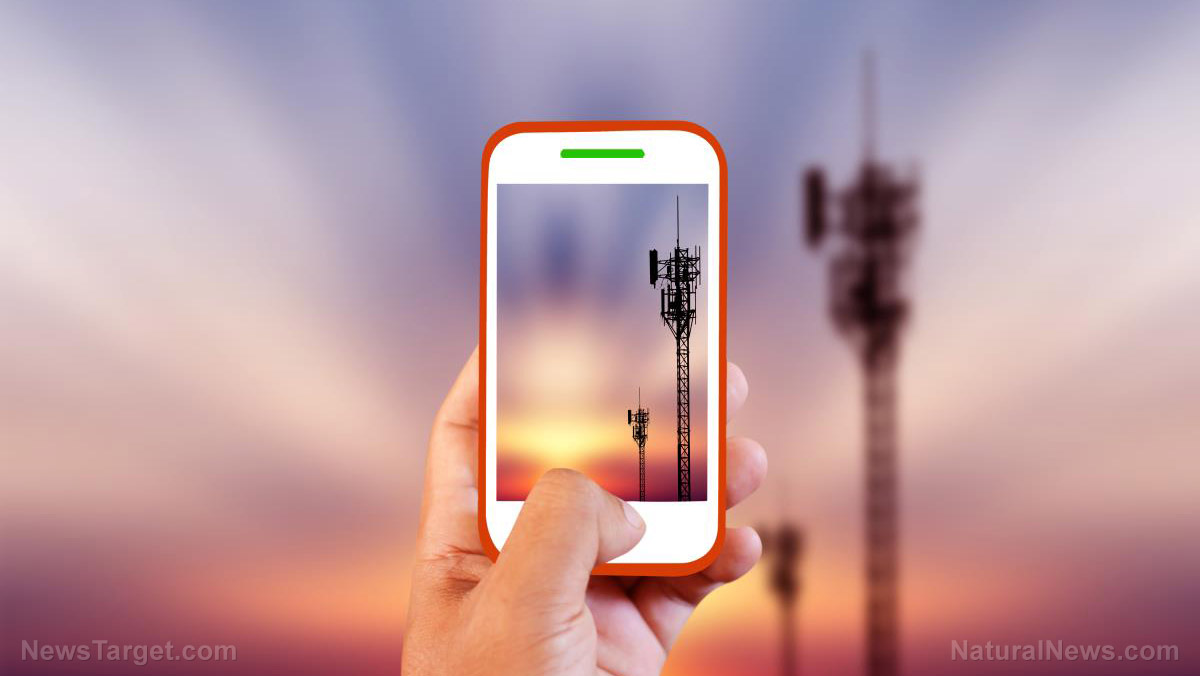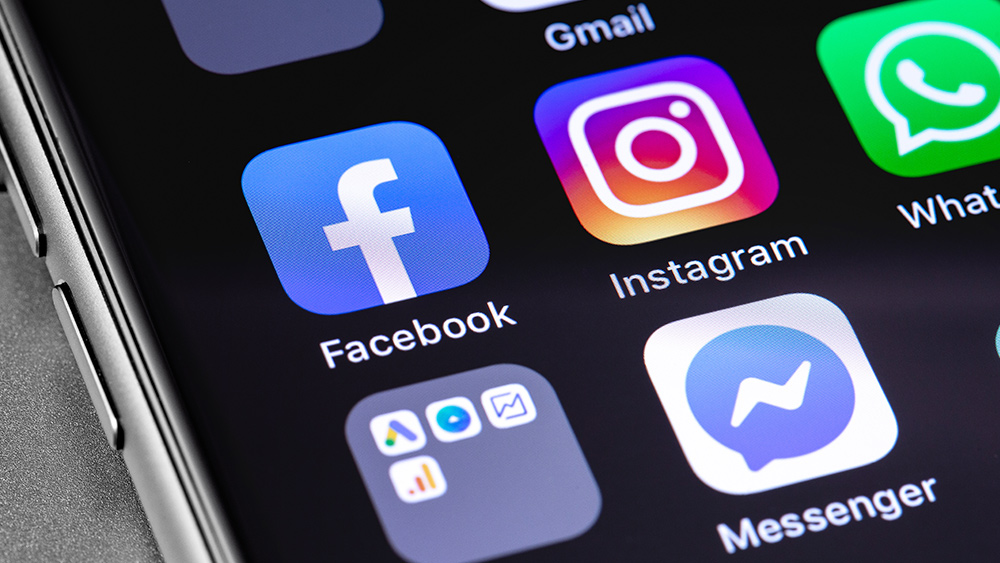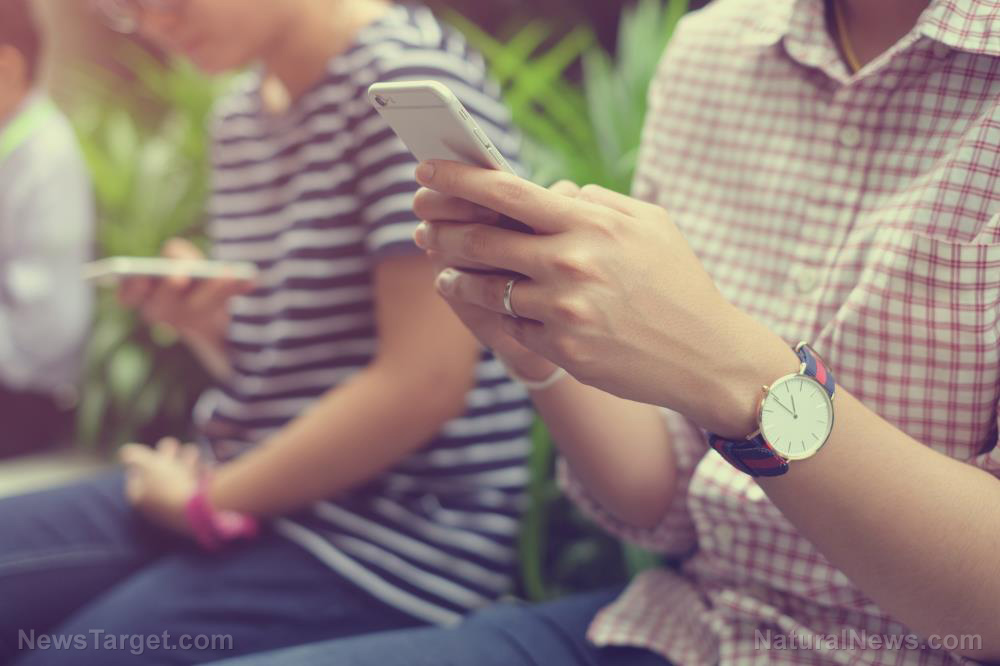Study links smartphone use to heart attack and stroke risk
05/18/2023 / By Zoey Sky

Besides communication, modern phones can be used for entertainment, shopping and even banking. Regardless of age, there’s no denying that more people are using their smartphones these days compared to previous years.
However, one study suggests that excessive cell phone use may be linked to heart issues. For the study, researchers reviewed data from 212,000 British adults in the U.K. Biobank. The participants had an average age of 54, and they were asked how often they made calls every week. None of the participants had high blood pressure when the study began.
The study published in the European Heart Journal found that those who spend at least 30 minutes talking on their cell phone a week have a higher risk of stroke and heart attack.
According to the researchers, the radio waves emitted by common gadgets can cause high blood pressure (hypertension) in users over an extended period of time. People who talked on their cell phones for at least 30 minutes or more a week had a 12 percent higher risk of high blood pressure compared to people who spent less time talking on their phones. High blood pressure is linked to an increased risk of stroke and heart attack. At least one in four adults in the U.K. has that condition.
Meanwhile, cardiovascular disease (CVD) remains the leading cause of death in America. CVD accounted for 928,741 deaths in 2020. In 2020, coronary heart disease (CHD) was the leading cause (41.2 percent) of deaths attributable to CVD in the U.S., followed by stroke (17.3 percent), other CVDs (16.8 percent), high blood pressure (12.9 percent), heart failure (9.2 percent) and diseases of the arteries (2.6 percent).
Study findings also revealed that people who talked on their cell phones for more than six hours a week increased their risk of having high blood pressure by 25 percent. (Related: Wireless radiation from mobile devices causing REAL HARM to people.)
In the U.K., nearly all adults own a cell phone, with 92 percent now owning a smartphone. It is believed that Brits spend at least five hours a day scrolling through social media, playing games, banking and networking.
Meanwhile, Americans spend four hours and 25 minutes every day on their cell phones. Americans check their phones 144 times a day and at least 89 percent of them said they check their phones within the first 10 minutes of waking up. At least 75 percent of Americans feel uneasy leaving their phone at home, and 75 percent of users check their phones within five minutes of getting a notification.
Tips for identifying smartphone addiction and limiting smartphone use
If you are worried about your current cell phone usage, here are some signs of addiction to watch out for:
- Having trouble completing tasks at work or home. Do you find yourself forgetting chores like doing the laundry or buying food for dinner because you spend too much time chatting online, texting or playing video games? You might also find yourself working late more often because you can’t finish all your tasks on time.
- Being isolated from family and friends. Is your social life suffering because of all the time you spend on your cell phone? If you’re in a meeting or chatting with friends, do you pay more attention to your phone than the conversation? Do you feel like no one in your “offline” life, like your spouse or friends, understands you like your online friends?
- Concealing your smartphone use. Do you often hide while using your cell phone? Do you hide your smartphone use or lie to your boss and loved ones about how much time you spend on social media? Do you get angry or cranky if someone interrupts you while you are browsing social media?
- Having a “fear of missing out” (FOMO). Do you hate to feel left out or think you’re missing out on updates if you don’t constantly check your phone? Do you need to compulsively check social media because you’re anxious that your friends are having a better time, or leading a more exciting life than you? Do you get up even in the middle of the night just to see if you have new notifications on your phone?
Here are some tips that can help you limit your smartphone use, especially if it is affecting your work and daily life:
- Set goals for when you can use your phone. Instead of checking for new messages every 10 minutes, schedule use for certain times of the day. Another option is to reward yourself with a certain amount of time on your phone, but only after completing a task for work or finishing a chore.
- Turn off your phone at certain times of the day, like when you are in a work meeting or having dinner with your family. Leave your phone at your desk if you’re going to the bathroom.
- Don’t bring your phone to bed. The blue light emitted by gadget screens can disrupt your sleep if used within two hours of bedtime. Turn all devices off and leave them in another room so you don’t feel tempted to use them.
- Instead of reading eBooks on your phone or tablet before bedtime, read a book. According to studies, this can also help you remember more of what you’ve read.
- Replace smartphone use with healthier activities. If you often use your phone when you are bored and lonely, resisting the urge to use your smartphone can be difficult. To limit your smartphone use, try other healthy activities like exercising, meditating, or talking to your friend over a cup of coffee.
Limit smartphone use to avoid addiction and potentially lower your risk of heart attack and stroke.
Visit Heart.news to read more articles with tips on how to prevent heart disease.
Watch the video below about the health risks of using your cell phone on the toilet.
This video is from the Free 2 Shine channel on Brighteon.com.
More related stories:
Excessive exposure to blue light can accelerate the aging process, experts warn.
Study links constant cell phone use to increased risk of brain tumors.
Study: More than half of adults over 40 may have latent heart disease.
Sources include:
Submit a correction >>
Tagged Under:
cell phones, computing, electronics, future tech, gadgets, Glitch, health science, heart attack, heart disease, heart health, high blood pressure, hypertension, information technology, inventions, mobile devices, research, Smartphones, stroke, technology
This article may contain statements that reflect the opinion of the author
RECENT NEWS & ARTICLES
COPYRIGHT © 2017 GLITCH.NEWS
All content posted on this site is protected under Free Speech. Glitch.news is not responsible for content written by contributing authors. The information on this site is provided for educational and entertainment purposes only. It is not intended as a substitute for professional advice of any kind. Glitch.news assumes no responsibility for the use or misuse of this material. All trademarks, registered trademarks and service marks mentioned on this site are the property of their respective owners.




















